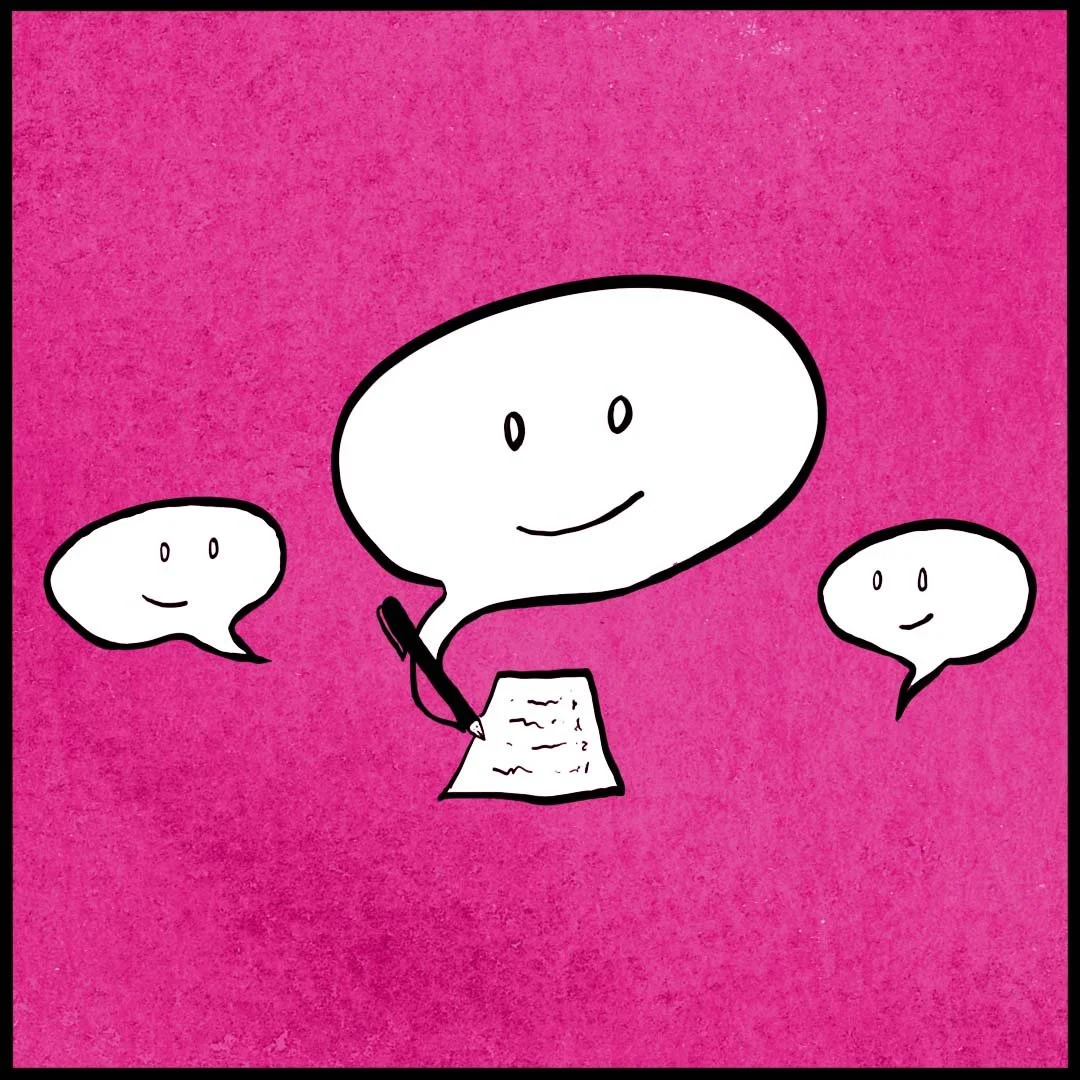The power of the playful adult by Kirsty Blewett
I love it when students are excited, engaged, and curious to learn—it's what inspires me as a Speech Bubbles Practitioner. When learners approach my sessions with interest and enthusiasm, it creates a vibrant, dynamic environment where growth can truly be seen. My ambition is to instil a lifelong passion for learning through play, helping students see education not as a chore, but as an exciting journey of discovery.
Being a playful adult shows children that school is a fun, safe, and supportive place to be. In a Speech Bubbles drama session, I get to embrace this notion wholeheartedly. For me, being playful means bringing creativity and a sense of wonder into each session. It’s about using language and strategies that create a structured, nurturing environment where children can thrive and be heard.
As we know, for some children, school can be an overwhelming and intimidating place. So, when children see familiar adults playing and letting go in school, it makes space for them to relax, experiment and make mistakes. The power a known TA has in a Speech Bubbles environment is paramount. But the power of the playful adult transcends further. The playful adult models a foundation in essential life skills in not-only communication, but problem-solving, resilience and social interaction—skills that are key to building confidence. Here are some strategies that I find useful:
1. Use playful prompts like “I wonder”
The “I wonder” prompt invites imagination and engagement from all. It allows for multiple, possible responses to be generated so all students can give an answer. Perhaps after exploring a text like “The Gingerbread Man” you could “wonder” together why the Gingerbread Man jumps on the foxes back. Many answers would be applicable and would encourage students to share their ideas. The goal is not only to get answers but to cultivate a conversation where each student’s response is valued, encouraging them to communicate more confidently.
2. Learn through games and movement
Carefully planned, structured movement activities and physical games can both energise quieter groups and focus restless ones. Here are a couple I like to use:
- to energise... Remote control
For this game, the players move around the space under the power of an imaginary remote control. It would also be effective from seated.
The leader introduces and mimes a pretend remote control, explaining what it is, as well as the different functions it possesses, including: fast forward, slow motion, pause, rewind, and play. Then allow the children to move to the different functions. (I like to encourage the children to move in certain ways such as dancing or jumping.)
Once the group are confident, the leader can even change the channel with the remote control, so the participants act out the chosen programme that is on. This could be Robot Wars, a cookery show, or anything you can imagine. It’s a chance to link it to the topic or learning you are exploring as a class.
Finally, ask the children for their suggestions on programme ideas when ready. It’s a fun opportunity for the class to have agency, be creative and to share their imagination with their peers.
- to focus... Catch the fish
Begin by bending one arm in front of you at a right angle, with your palm facing down - this is the sea. Then, with your other arm, wave it underneath the "sea" - this is the fish. The children are the fishers.
Explain to the fishers that they need to catch the fish (by clapping) whenever it jumps out of the sea. This happens when you move your fish above the sea. They must only clap when the fish actually jumps out. (I like to pretend my fish is going to jump, but then keep it under the sea to build anticipation.)
It’s a simple, quick game that my groups really love!
3. Embrace mistakes as playful opportunities
Admitting mistakes is hard... even for adults. So, I can only imagine how much tougher this must be for children; particularly when adding in another barrier to learning like English being your second language or neurodivergence. In Speech Bubbles, I model making mistakes to show it’s normal and okay to ask for help. Sometimes I’ll utilise my TA to show this too and ask them to model saying something like, “I don’t understand, can you be clearer?”
As a playful adult I see mistakes as part of learning. By responding with curiosity - “Oh, I didn’t know that, can you tell me more?” – I aim to turn errors into opportunities. Hopefully this builds resilience, confidence, and shows students their ideas are valued.
4. Surprise your students and yourself
For me, being playful doesn’t just come from the activities you do, it comes from you and your behaviour. Your own special sauce that is you. So whenever I can, I model curiosity, creativity and enthusiasm. I laugh with my students, openly share my excitement about a new topic and where I can, try to be brave! I love to throw in a silly voice or exaggerated facial expression to illustrate, cement and solidify new learning. I like to use my heightened energy to encourage learners to match it and create a more vibrant, dynamic learning environment.



